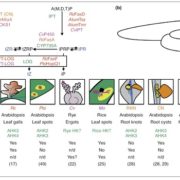
What We're Reading: May 18th
WWR Full PostReview: Same tune, different song — cytokinins as virulence factors in plant–pathogen interactions?
Many pathogens produce virulence factors that improve their pathogenicity, including in some cases compounds produced by the host, such as the hormone cytokinin. Spallek et al. review the various…
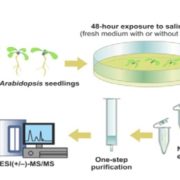
Plantae Job Center - Post your resumes and jobs today
Blog0 Comments
/
ASPB and Plantae have already set a tone of collaboration and constant improvement by and for plant scientists. In keeping with our commitment to providing the best recruitment resources for our members, we are excited to announce the launch of our new and expanded online employment resource: the Plantae…

Plant Biology 2018 Career Fair is Coming - May 15, 2018
Blog, Careers, Careers - Blog
Find your next position – or your next hire – at Plant Biology 2018 Career Fair in conjunction with the Plantae Career Center.
Are you an employer? Post your jobs and then sign up for space in our on-site interview booths. Jobs will be marked with a special icon to let people know you…

Why do we need mathematical modeling in biology?
BlogBig data can be analyzed in many different ways, depending on the scientific questions that need to be answered. Bioinformatics and computational biology are relatively more common terms for data analysis methods that borrow heavily from the fields of math and computer science. In this blog post I discuss…
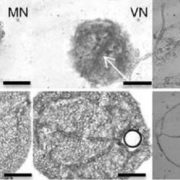
Intra-Organ Regulation of Shade Responses
Plant Physiology: On The InsidePlants beneath a canopy compete with neighboring plants for light by triggering various physiological responses, collectively known as shade avoidance syndrome. Because of the selective absorption of red (R) light by plants in the upper canopy, plants in the shade are exposed to low R to far-red (FR)…
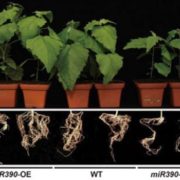
A MicroRNA Regulating Lateral Root Growth in Response to Salt
Plant Physiology: On The InsideSoil salinity is a major threat to crop yields around the world. Salt generally damages plants through osmotic stress in the rhizosphere, interfering with water and nutrient uptake and causing cells to be subjected to ionic toxicity Developmental plasticity in the root system is an important strategy…
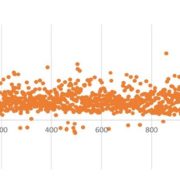
Drugs Triggering Oil Accumulation in a Diatom
Plant Physiology, Plant Physiology: On The InsideOils composed of triacylglycerols (TAGs) have a broad range of applications, ranging from foods to biofuels. Microalgae are promising feedstocks for the production of (TAGs) but obtaining high yields of TAGs is challenging. Conte et al. (10.1104/pp.17.01804) have developed a phenotypic assay for the…
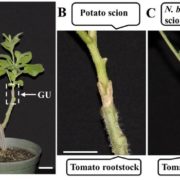
Mechanisms of Long-Distance mRNA Movement
Plant Physiology: On The InsidePhloem has long been recognized as a tissue that transports carbohydrates and amino acids. In recent years, however, it has also been found that this tissue serves as a conduit for signals, e.g., mRNAs, small RNAs, proteins, small peptides, and hormones. Several classical studies have shown that certain…

Multiple Phytohormone Screening Method
Plant Physiology: On The InsidePhytohormones are naturally occurring signaling molecules that play key roles in the regulation of plant physiology, development, and adaptation to environmental stimuli. Generally, their concentrations in plant tissues are extremely low (fmol-pmol/g fresh weight, FW). Although certain phytohormones…

